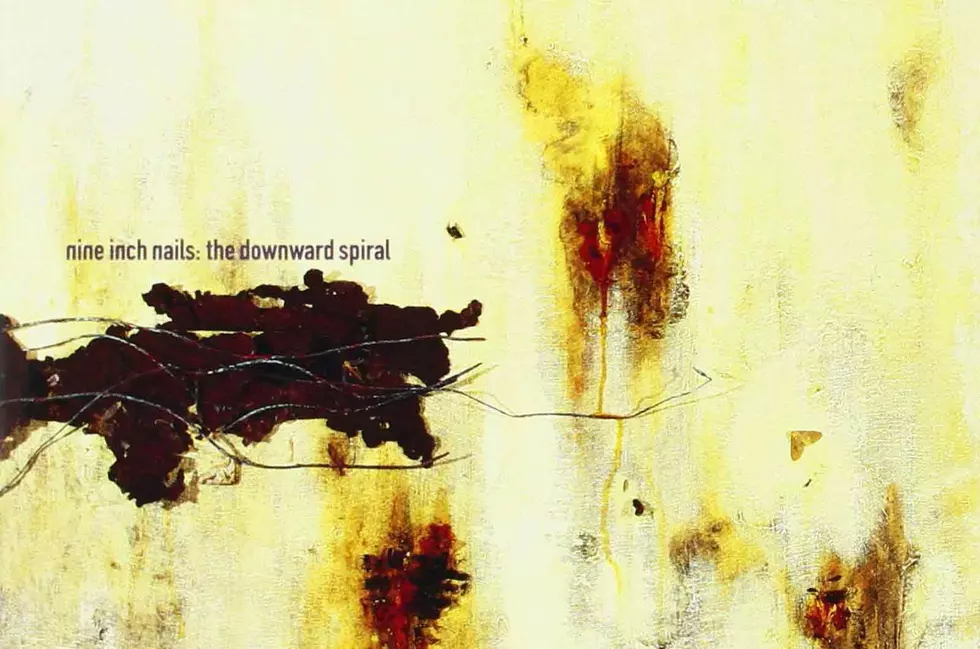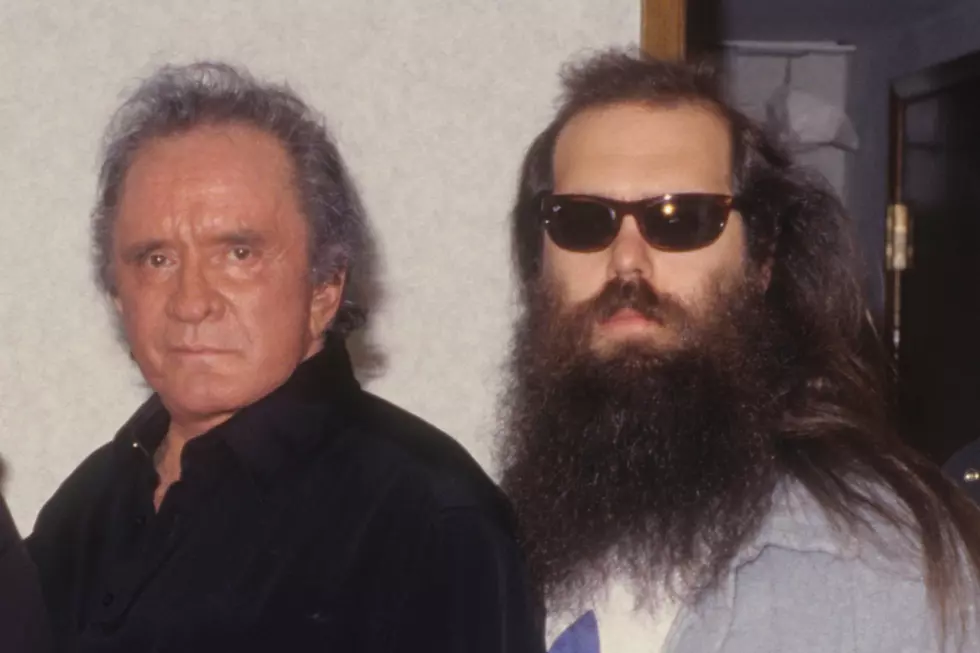
When Nine Inch Nails Got Dark on ‘The Downward Spiral’
The alt-rock revolution was already in full swing when Nine Inch Nails released their second album, The Downward Spiral, on March 8, 1994.
Trent Reznor's virtual one-man band had beat many of its contemporaries there five years earlier when Pretty Hate Machine came out. But the atmosphere was different now, more open to and embracing music that didn't play by pop's old rules. And the music itself was different too, generally more guitars and less melody. The Downward Spiral was something entirely different than all of that.
When Reznor released Pretty Hate Machine in 1989, synth-pop was pretty much at the end of its decade-dominating rope. Early MTV artists opened U.S. shores and ears to rock music that wasn't played primarily on guitars, but by the end of the '80s, a left-of-the-dial culture had sprung up that celebrated those dusty guitars – albeit with just a fraction of the machismo and obnoxious behavior that pretty much had run its course by the end of the '70s.
Nine Inch Nails wasn't new. Ministry, Nitzer Ebb and Skinny Puppy were doing similar things in other parts of the world (Nitzer Ebb was from the U.K., Skinny Puppy came from Canada; Chicago's Ministry was a little closer to Nine Inch Nails' Cleveland home). And Pretty Hate Machine wasn't all that original. But it was invigorating, inviting to a point and, most of all, catchy. Beneath all the industrial racket were some real songs.
With The Downward Spiral, Reznor carried the band into the '90s with a new sense of purpose. The music was still industrial and still harsh – even more so. But alt-rock – spurred by Nirvana and now the biggest music to take over radio and record stores in years – was picking up more traction until it all bottomed out by 1997. So there's that too. More significantly, The Downward Spiral – with its hour-plus length, densely textured tracks and thematic links among the songs – was almost, gulp, a prog record at heart.
Work began on the album soon after Nine Inch Nails played the first Lollapalooza tour in 1991. Reznor was going through a mess of personal issues ranging from substance abuse to depression to battling his record company and worked them out on the sprawling album, which included 14 songs over 65 minutes.
Watch Nine Inch Nails' 'Closer' Video
He focused on a character, not unlike himself, who struggles with various issues and often finds solace in sex, drugs, self-harm and suicidal thoughts. Bigger themes (including violence and religion) combine and collide throughout the work, as Reznor – once again working mostly alone in the studio – wrangled everything from industrial and metal to electronic and alt-rock into the musical mix.
There's a trajectory here from the opening "Mr. Self Destruct" to the closing "Hurt." In between, there's "Piggy" (which introduces the musical theme that's woven throughout), the frenetic "March of the Pigs" and "Closer," which almost cracked the Top 40 (even with its notorious "I want to fuck you like an animal" refrain) and freaked the hell out of a whole lot of people with its disorienting video.
It all adds up to one of the era's greatest and most defining albums, a record that crafted art out of pain, misery and music that sounded like it was made in the depths of a forgotten Rust Belt factory briefly fired up for one last job. Its influence over the next decade and beyond is great.
For starters, Johnny Cash rewired "Hurt" in 2002 for a poignant reading and an accompanying video that served as an early requiem for the legend's death the following year. On a broader scale, The Downward Spiral – which arrived about a month before Kurt Cobain died – covered mental health, depression, suicide and other rarely discussed topics at a time when popular music, even on the alternative end of things, mostly stayed away from such issues.
That Reznor wrapped them all up in an artful package that unwinds over an hour could be his and Nine Inch Nails' greatest achievement. Punk and post-punk music were supposed to demolish the pomp and circumstance that came with so much prog music; The Downward Spiral essentially blurred the line between them, finding common ground in the artist's vision.
Nine Inch Nails' next album, 1999's The Fragile, went even deeper, spreading its narrative concept and new-school prog-like musical themes over two discs. But The Downward Spiral is tighter, more focused and more significant work. It's unfathomable that a record like this could have reached No. 2, as Spiral did, even a few years earlier. There was a brand new and open field for artists and listeners during this fertile period. This landmark LP remains a singular work of the era, one that helped shape things to come.
Top 100 '90s Rock Albums
Gallery Credit: UCR Staff
More From Ultimate Classic Rock









